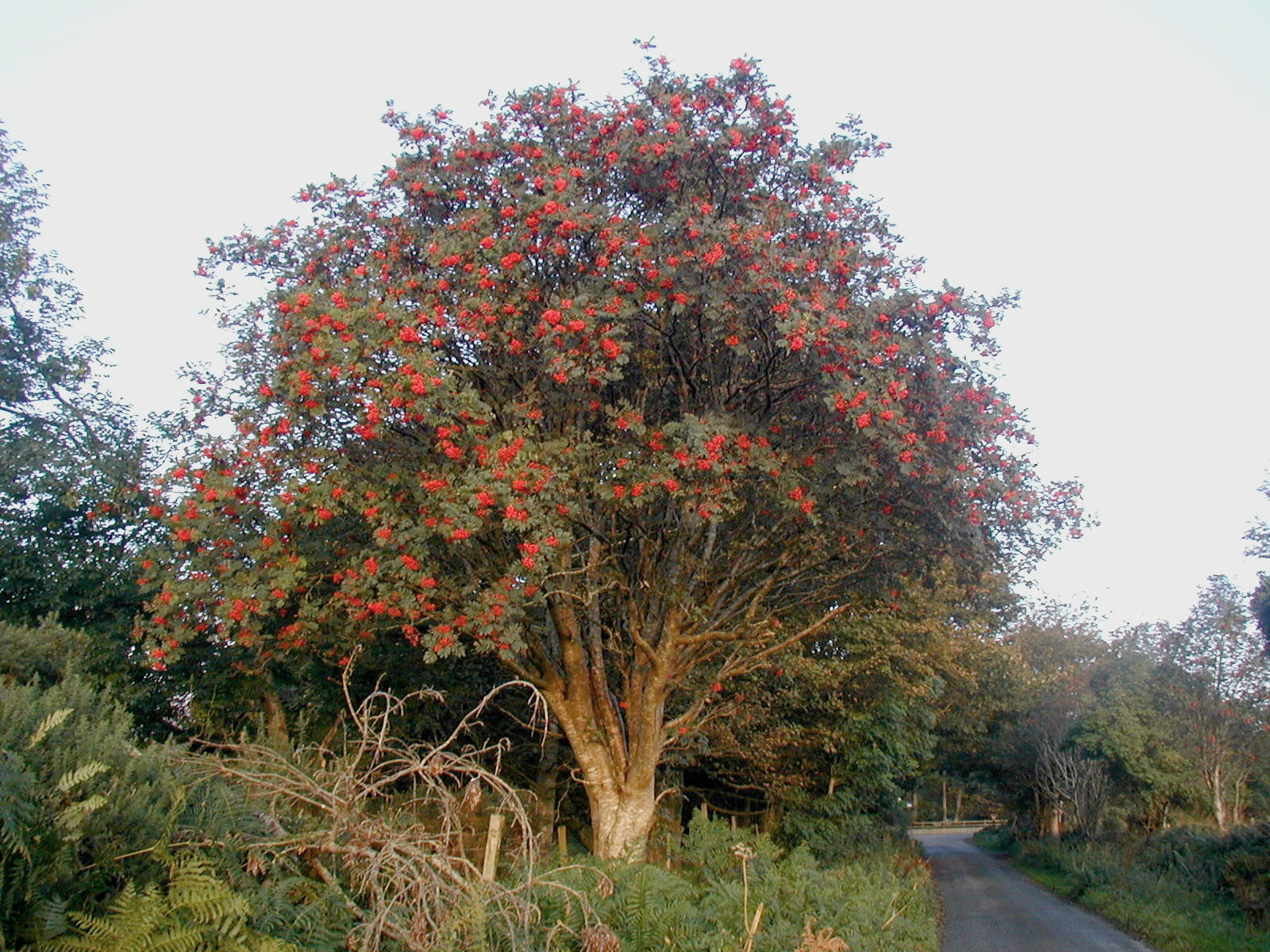Cloghanecarhan on:
[Wikipedia]
[Google]
[Amazon]
Cloghanecarhan is a
 The ogham stone originally stood at the east entrance of the
The ogham stone originally stood at the east entrance of the
." The first element of the townland name could mean either "ford of stepping-stones" (there is a small stream, the Direen, to the east) or to a clochán">stone beehive hut, such as is found in the cashel.
The ringfort was known locally as 'Keeldarragh'; it is circular and enclosed by a bank with entrance at east and "pillars" at the west end. Inside is a circular hut, three ''leachta'', a souterrain and a cross slab.
ringfort
Ringforts, ring forts or ring fortresses are circular fortified settlements that were mostly built during the Bronze Age up to about the year 1000. They are found in Northern Europe, especially in Ireland. There are also many in South Wales ...
and ogham
Ogham (Modern Irish: ; mga, ogum, ogom, later mga, ogam, label=none ) is an Early Medieval alphabet used primarily to write the early Irish language (in the "orthodox" inscriptions, 4th to 6th centuries AD), and later the Old Irish langua ...
stone (CIIC 230) forming a National Monument
A national monument is a monument constructed in order to commemorate something of importance to national heritage, such as a country's founding, independence, war, or the life and death of a historical figure.
The term may also refer to a spec ...
located in County Kerry
County Kerry ( gle, Contae Chiarraí) is a county in Ireland. It is located in the South-West Region and forms part of the province of Munster. It is named after the Ciarraige who lived in part of the present county. The population of the co ...
, Ireland.
Location
Cloghanecarhan lies on the western end of theIveragh Peninsula
The Iveragh Peninsula () is located in County Kerry in Ireland. It is the largest peninsula in southwestern Ireland. A mountain range, the MacGillycuddy's Reeks, lies in the centre of the peninsula. Carrauntoohil, its highest mountain, is als ...
, south-southeast of Cahersiveen
Cahersiveen (), sometimes Cahirciveen, is a town on the N70 national secondary road in County Kerry, Ireland. As of the 2016 CSO census, the town had a population of 1,041.
Geography
Cahersiveen is on the slopes of 376-metre-high Bentee, and ...
.
History
The ogham stone was erected some time in the Middle Ages; based on the grammar, it is a late inscription, c. AD 600. Next to it is a stone cashel used for later Christian burials.Description
 The ogham stone originally stood at the east entrance of the
The ogham stone originally stood at the east entrance of the ringfort
Ringforts, ring forts or ring fortresses are circular fortified settlements that were mostly built during the Bronze Age up to about the year 1000. They are found in Northern Europe, especially in Ireland. There are also many in South Wales ...
but now lies to the north. It is slate
Slate is a fine-grained, foliated, homogeneous metamorphic rock derived from an original shale-type sedimentary rock composed of clay or volcanic ash through low-grade regional metamorphism. It is the finest grained foliated metamorphic rock. ...
, 208 × 38 × 18 cm. The inscription reads EQQẸGGNỊ Ạ ṂẠQI-CAṚATTỊNN ("'of Ec...án? son of Mac-Cáirthinn"); this is overwritten on an earlier inscription, D ... C.AVI DALAGNI rowan_
The_rowans_(__or__)_or_mountain-ashes_are_shrubs_or_trees_in_the_genus_''Sorbus_
''Sorbus''_is_a_genus_of_over_100_species_of_trees_and_shrubs_in_the_rose_family,__Rosaceae.__Species_of_''Sorbus''_(''s.l.'')_are_commonly_known_as_whitebeam,__r_...
."_The_first_element_of_the_townland_name_could_mean_either_"ford_of_stepping-stones"_(there_is_a_small_stream,_the_Direen,_to_the_east)_or_to_a_clochán.html" ;"title="Sorbus_aucuparia.html" "title="AQI C--. The same name, in the form MAQI-CAIRATINI, appears on an ogham stone in Painestown (CIIC 40), and it means "devotee of the Sorbus aucuparia">rowan
The rowans ( or ) or mountain-ashes are shrubs or trees in the genus ''Sorbus
''Sorbus'' is a genus of over 100 species of trees and shrubs in the rose family, Rosaceae. Species of ''Sorbus'' (''s.l.'') are commonly known as whitebeam, r ...References
{{Reflist National Monuments in County Kerry Archaeological sites in County Kerry Ogham inscriptions 7th-century inscriptions